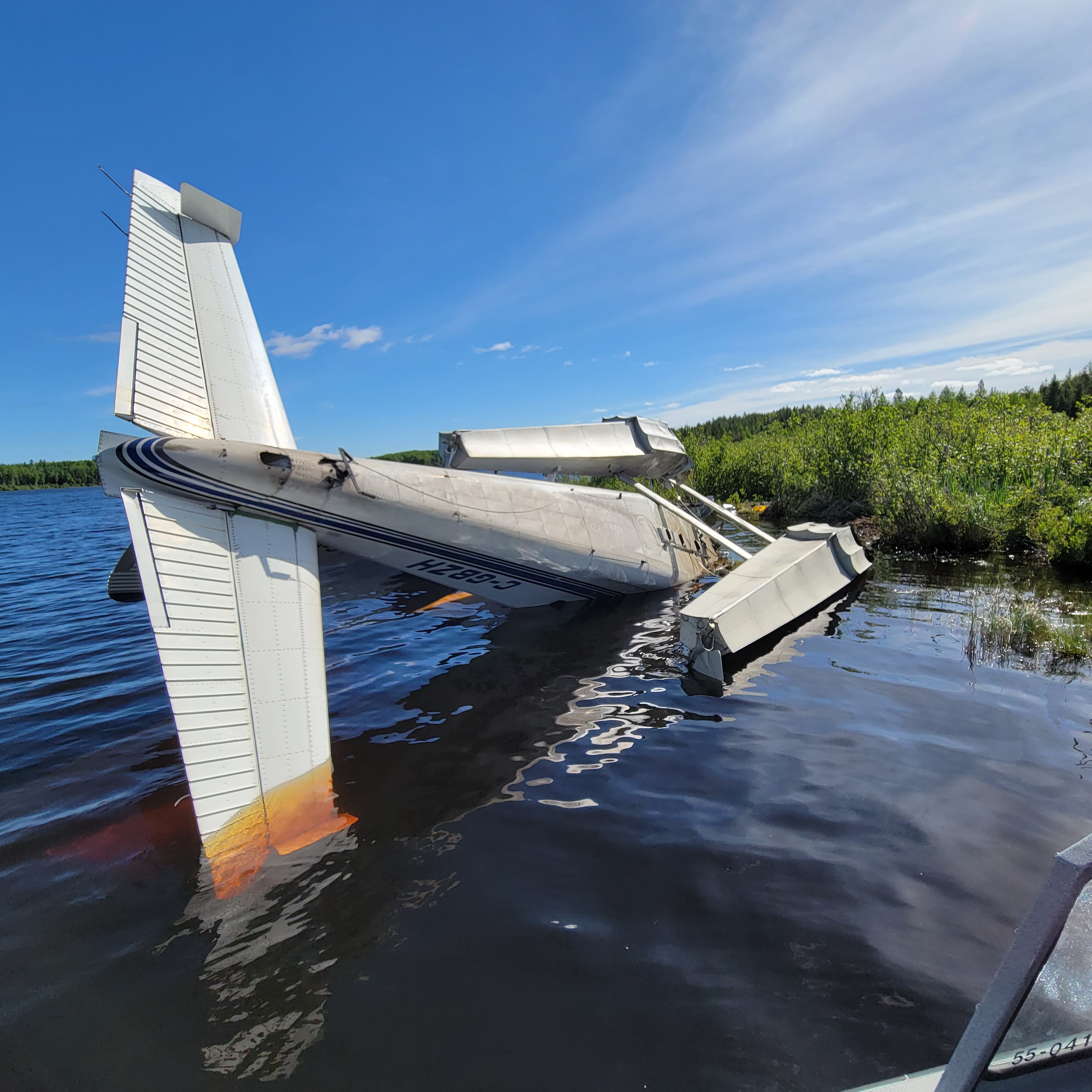Loss of control and collision with terrain
Canadian Fly-in Fishing (Red Lake) Ltd.
De Havilland Aircraft of Canada Limited DHC-2 Mk. I, C-GBZH
Red Lake (Howey Bay) Water Aerodrome (CKS4), Ontario, 2.2 NM SE
The occurrence
On 16 June 2024, the De Havilland DHC-2 float-equipped aircraft, operated by Canadian Fly-In Fishing (Red Lake) Limited, was departing Chukuni River, Ontario, on a visual flight rules flight to Thicketwood Lake, Ontario, with 1 pilot and 4 passengers on board.
While climbing out after takeoff, the pilot lost control of the aircraft and collided with the shoreline, resulting in the destruction of the aircraft. The emergency locator transmitter was activated.
Two passengers were seriously injured and airlifted to Thunder Bay, Ontario. The remaining passengers were medically evaluated at a local hospital and released. One of the airlifted passengers subsequently died in hospital.
Media materials
Class of investigation
This is a class 4 investigation. These investigations are limited in scope, and while the final reports may contain limited analysis, they do not contain findings or recommendations. Class 4 investigations are generally completed within 220 days. For more information, see the Policy on Occurrence Classification.
TSB investigation process
There are 3 phases to a TSB investigation
- Field phase: a team of investigators examines the occurrence site and wreckage, interviews witnesses and collects pertinent information.
- Examination and analysis phase: the TSB reviews pertinent records, tests components of the wreckage in the lab, determines the sequence of events and identifies safety deficiencies. When safety deficiencies are suspected or confirmed, the TSB advises the appropriate authority without waiting until publication of the final report.
- Report phase: a confidential draft report is approved by the Board and sent to persons and corporations who are directly concerned by the report. They then have the opportunity to dispute or correct information they believe to be incorrect. The Board considers all representations before approving the final report, which is subsequently released to the public.
For more information, see our Investigation process page.
The TSB is an independent agency that investigates air, marine, pipeline, and rail transportation occurrences. Its sole aim is the advancement of transportation safety. It is not the function of the Board to assign fault or determine civil or criminal liability.
